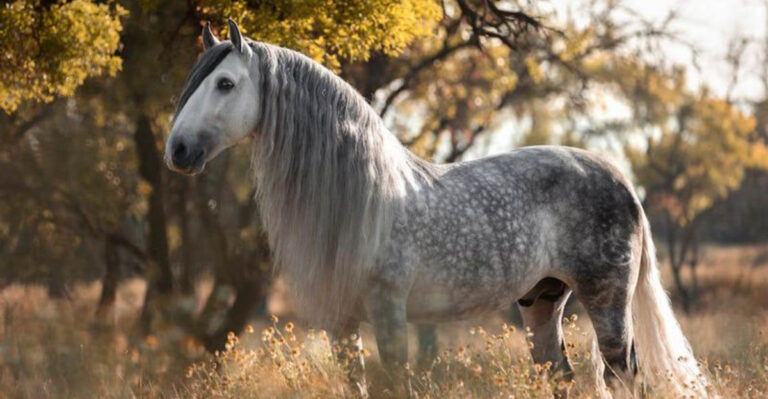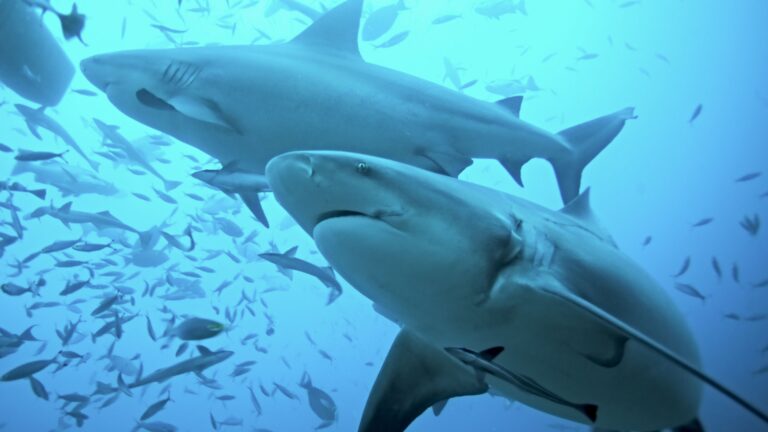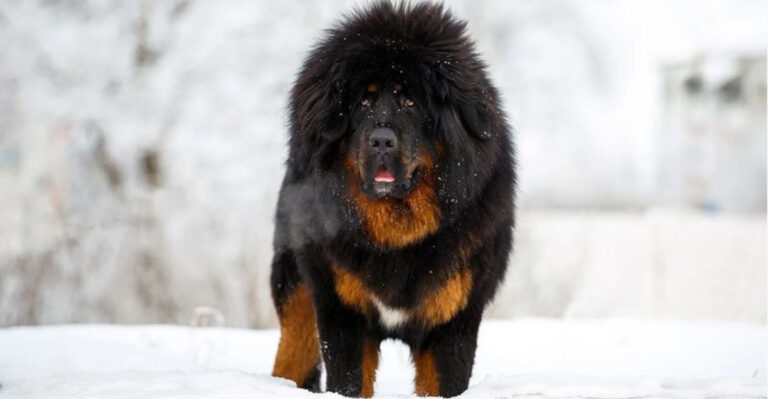13 Wild Animals That Are Immune To Lethal Venom
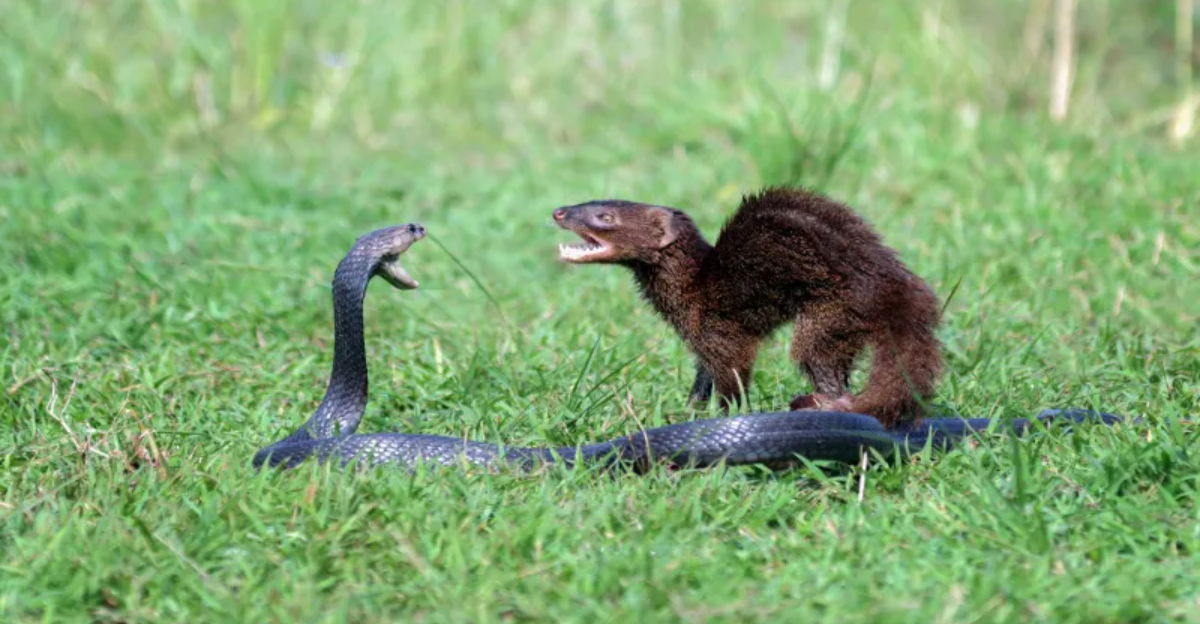
Nature has created some truly incredible creatures with astonishing survival abilities. While venom can kill most living things in minutes, certain animals have evolved remarkable immunity to these deadly toxins.
From the crafty mongoose to the unassuming opossum, these wild animals possess special adaptations that allow them to face venomous creatures without fear. Their unique abilities even inspire medical researchers seeking new antivenom treatments!
1. Mangrove Snake (Boiga Dendrophila)
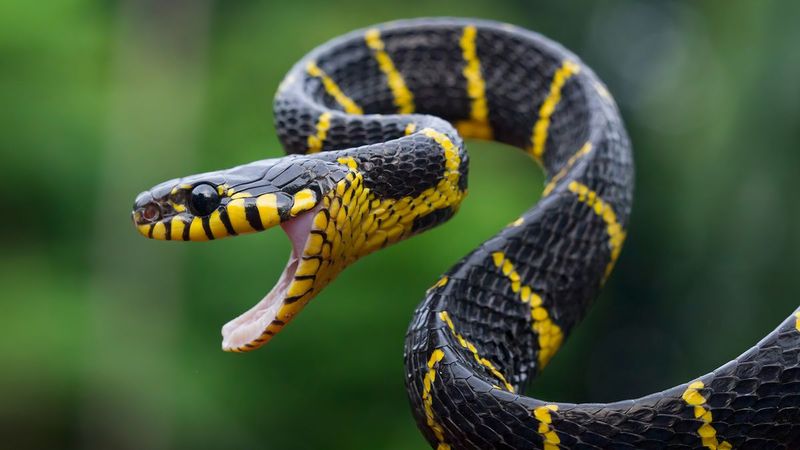
Slithering through Southeast Asian mangroves, this striking black-and-yellow serpent hunts with confidence. It regularly preys on venomous sea snakes without suffering ill effects.
The mangrove snake’s specialized body chemistry neutralizes the neurotoxins that would paralyze other predators. This remarkable immunity gives it a significant hunting advantage in its competitive ecosystem.
2. Hedgehog
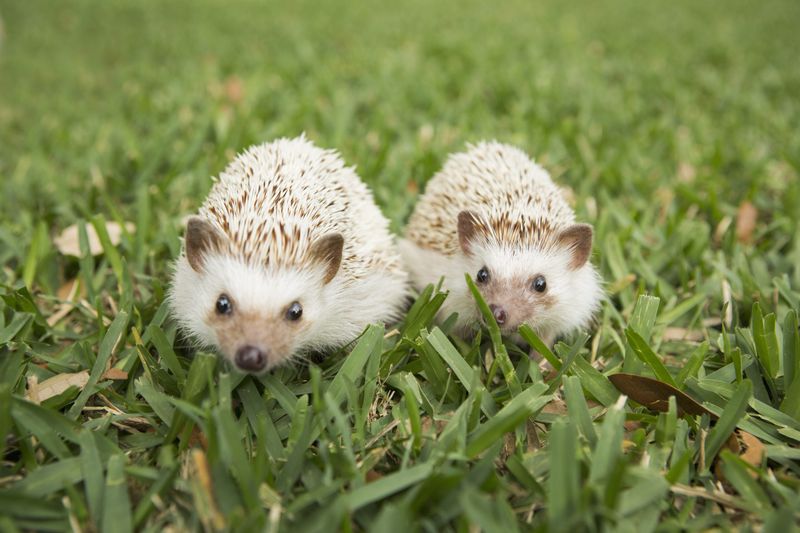
Those adorable spiky balls of fur aren’t just cute – they’re practically snake-proof! Hedgehogs routinely battle and feast on vipers that could kill animals many times their size.
Their protection comes from a two-pronged defense system. Spiny armor provides physical protection during attacks, while their blood contains specialized proteins that bind to and neutralize snake venom components.
3. Opossums

North America’s only marsupial packs a secret superpower beneath its scraggly appearance. When bitten by rattlesnakes or cottonmouths, opossums simply shrug it off and continue about their business.
Scientists discovered their blood contains peptide neutralizing factors that bind to and disable venom proteins. This discovery has even inspired new antivenom research for human medicine!
4. Slow Loris
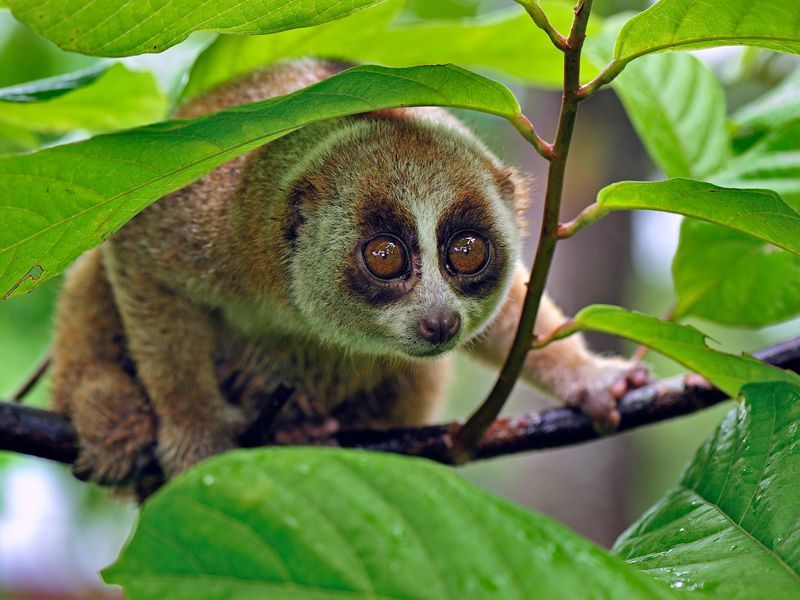
Behind those enormous innocent eyes lurks one of the only venomous primates on Earth. These nocturnal creatures produce toxic secretions from glands near their elbows, which they lick and mix with saliva to deliver painful, sometimes lethal bites.
Evolution has gifted them immunity to their own biological weapons. Special enzymes break down the toxins, preventing self-poisoning during grooming.
5. King Cobra (When Threatened By Other Species)
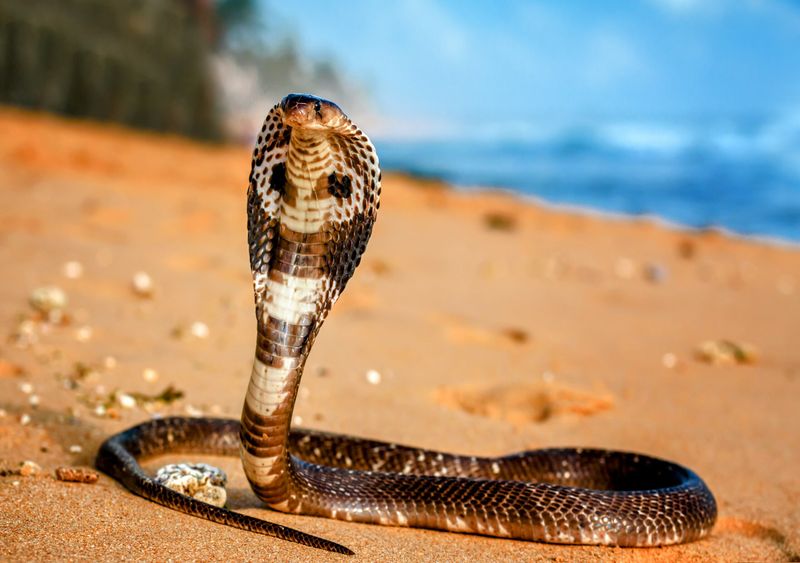
The majestic king cobra reigns supreme in the snake world, growing up to 18 feet long. Fascinatingly, while vulnerable to its own venom, it shrugs off bites from other venomous serpents.
Years of evolutionary adaptation from hunting other snakes has gifted king cobras with specialized blood proteins. These proteins neutralize the venom of kraits, vipers, and other potential threats in their territory.
6. European Cuckoo
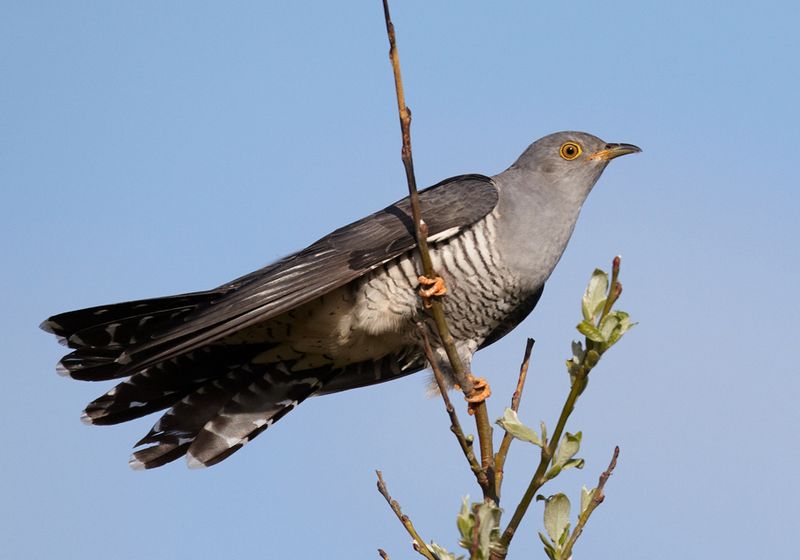
Famous for their nest-parasitism, these clever birds face a surprising danger – venomous wasp stings. When cuckoos lay eggs in other birds’ nests, they often encounter defensive wasps protecting those same territories.
Through remarkable adaptation, cuckoos have developed immunity to wasp venom. Their specialized blood cells quickly neutralize the toxins, allowing them to continue their reproductive strategy undeterred by painful stings.
7. Mongoose

Forever immortalized in Kipling’s “Rikki-Tikki-Tavi,” these feisty carnivores are nature’s cobra-slaying specialists. They dance and dodge with lightning reflexes before delivering fatal bites to their venomous adversaries.
The mongoose’s secret lies in modified acetylcholine receptors that prevent neurotoxins from binding. Their natural immunity makes them one of the few predators that actively hunt cobras.
8. Golden Poison Dart Frog
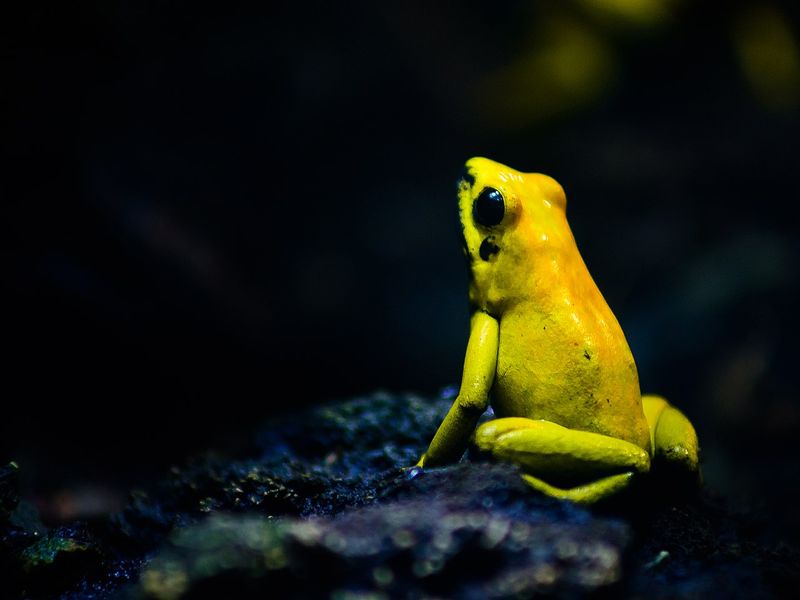
Dressed in brilliant warning colors, a single golden poison dart frog carries enough toxin to kill 10 adult humans! Yet these tiny amphibians hop around completely unaffected by their own deadly chemical arsenal.
The frogs produce specialized proteins that bind to the toxins in their skin. This remarkable self-immunity prevents them from succumbing to the very poisons they use for defense against predators.
9. Grasshopper Mouse

Don’t let its tiny size fool you – this desert-dwelling rodent is the stuff of nightmares for scorpions. The grasshopper mouse actually hunts these venomous arachnids, shrugging off stings that would kill other animals its size.
When stung, the mouse’s body converts the scorpion’s pain-inducing toxins into pain relievers! This evolutionary marvel transforms the scorpion’s primary defense into a pleasant analgesic experience for the predator.
10. Secretary Bird
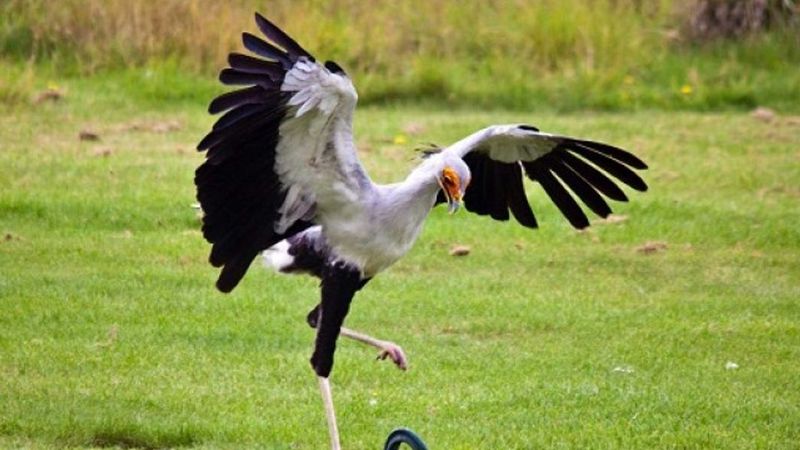
Strutting across African savannas on stilt-like legs, the secretary bird resembles an elegant office worker with its quill-like head feathers. But this refined appearance hides a fearsome snake hunter.
The bird stomps venomous snakes with lightning-fast kicks, protected by thick scales on its legs. Its specialized metabolism breaks down snake venom compounds that enter its bloodstream, making it one of Africa’s premier serpent controllers.
11. Pufferfish
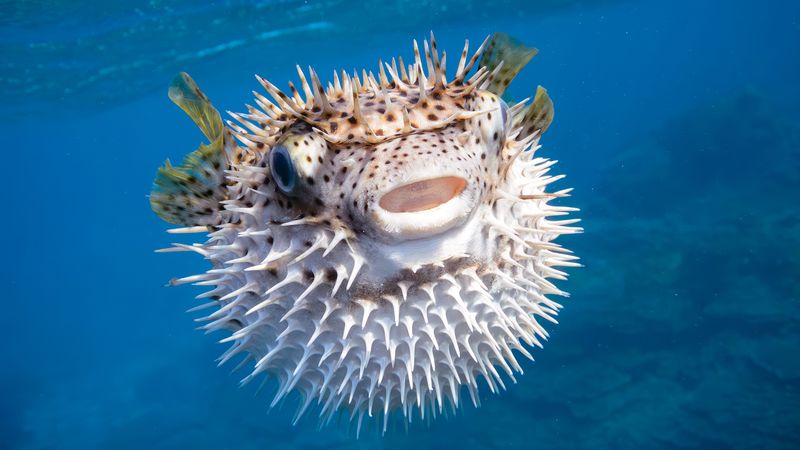
Master of the deadly tetrodotoxin, pufferfish contain enough poison to kill 30 adults. What’s truly fascinating is that they aren’t born with this toxin – they acquire it from bacteria in their diet.
Through an evolutionary miracle, pufferfish have developed mutations in their sodium channels. These alterations prevent the tetrodotoxin from binding to nerve cells, granting immunity to a poison 1,200 times deadlier than cyanide!
12. Scorpionfish
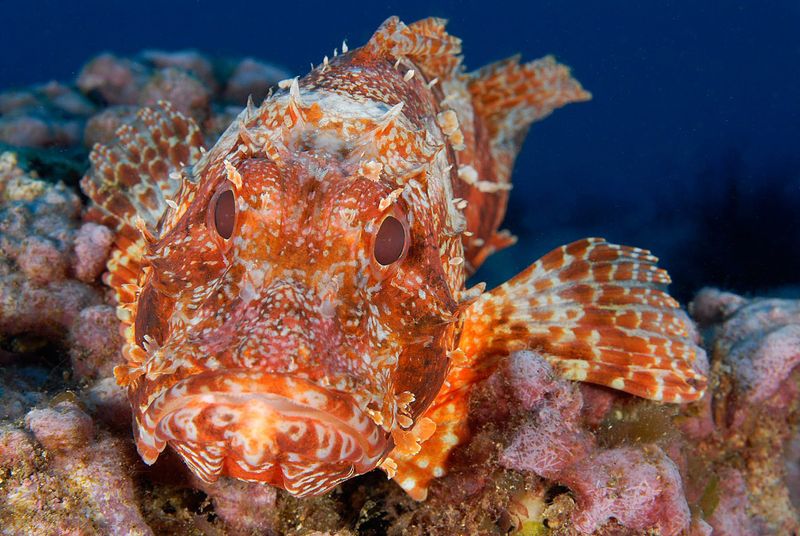
Masters of disguise with rock-like appearances, scorpionfish possess venomous spines capable of causing excruciating pain to predators. What’s remarkable is their immunity to not just their own toxins, but those of other venomous marine creatures.
Their specialized liver enzymes break down complex venom proteins. This immunity allows them to inhabit competitive reef environments where encounters with other venomous species are common.
13. Brown Bear

Towering forest giants with appetites to match, brown bears occasionally encounter venomous snakes while foraging. Their thick fur provides some protection, but their true defense lies deeper.
A robust immune system and specialized blood proteins neutralize snake venom components. This remarkable tolerance allows them to brush off bites that would be fatal to humans, though they generally prefer safer food sources when available.



